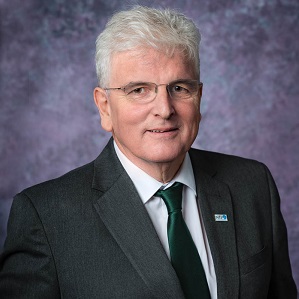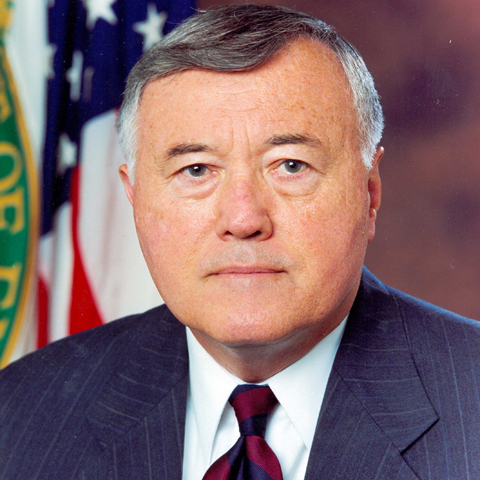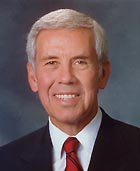
Sam Nunn, Richard Lugar and Des Browne Release Recommendations on Securing Military Nuclear Materials
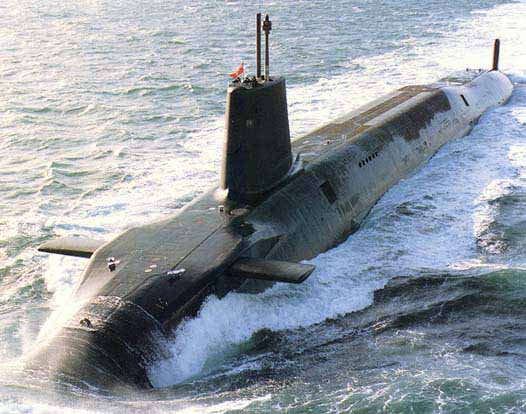
Report draws from input of study group of former military and political officials from nuclear-armed states
WASHINGTON – A new report released today, Bridging the Military Nuclear Materials Gap, highlights a critical gap in global nuclear security efforts and offers recommendations for governments to tighten control and build confidence in the security of nuclear materials categorized as “military materials.”
The Nuclear Threat Initiative (NTI) sponsored the Military Materials Security Study Group—which comprised prominent leaders in the military, political and technical sectors from China, France, Pakistan, Russia, the United Kingdom and the United States. The group worked to address the security of the 83% of global stocks of weapons-usable plutonium and highly enriched uranium (HEU) that are not subject to current international security standards, mechanisms, or confidence-building arrangements.
Sam Nunn, NTI Co-chairman and former U.S. Senator; former Senator Richard Lugar; and Des Browne, NTI Vice Chairman and former U.K. Defence Secretary, co-chaired the group. The report includes recommendations for governments in advance of the fourth and final Nuclear Security Summit in Washington, D.C., in March 2016.
“Terrorists determined to steal nuclear materials will not distinguish between nuclear materials designated as civilian and those designated as military,” said Nunn. “They will seek to obtain materials from the most vulnerable and least-protected location. International standards for effective nuclear security should not stop at civilian materials but must apply to any and all nuclear materials.”
The report offers 25 recommendations for securing military materials and for building international and domestic confidence in their security, while protecting sensitive information. Among them:
- Improve accountability by building a strong security culture around nuclear materials and providing independent oversight of military security.
- Engage in robust risk management through comprehensive threat assessments; effective control and accounting procedures; cyber and transportation security plans; and minimizing materials and the number of storage sites.
- Require continuous improvement through training exercises; measures to mitigate insider threats; and security reviews and updates.
- Share information by publishing results of accidents and security incident investigations; reporting information about relevant regulations; reporting on physical protection approaches for military materials; publishing information about personnel certification and training programs; and reporting on materials quantities.
“Skeptics say focusing on the security of military nuclear materials is too sensitive or too difficult,” said Lugar. “Experience has taught us that international cooperation is crucial when it comes to securing weapons of mass destruction and the materials needed to build them.”
Not all military materials are secured by military personnel; some are secured by civilian personnel. Assumptions that military materials are held to a higher standard and are better secured than civilian materials have been proven false in recent years. In 2012, an 82-year-old nun and fellow peace activists broke into the Y-12 National Security Complex in Oak Ridge, Tenn., where the U.S. stores most of its military HEU. In 2007, U.S. Air Force personnel mistakenly loaded six cruise missiles with nuclear warheads onto a bomber and flew it across the country, leaving the nuclear weapons unguarded on a runway for 36 hours. More recently, stewards of nuclear weapons in the U.S. and the United Kingdom have made headlines for sleeping on the job and other negligent practices.
“The Study Group gathered input from more than a dozen former senior military and policy experts to develop the report’s 25 recommendations,” Browne said. “At the 2016 Nuclear Security Summit, governments should reaffirm their previous commitments to secure military materials to the highest possible standards and take additional concrete steps to ensure action.”
About the Nuclear Threat Initiative
The Nuclear Threat Initiative (NTI) is a non-profit, non-partisan organization working to protect our lives, livelihoods, environment and quality of life now and for future generations from the growing risk of catastrophic attacks from weapons of mass destruction and disruption (WMDD)—nuclear, biological, radiological, chemical and cyber. Founded in 2001 by Sam Nunn and philanthropist Ted Turner, NTI is guided by a prestigious, international board of directors. Joan Rohlfing serves as president.
CONTACT: Cathy Gwin, NTI, 202-454-7706, [email protected]
Stay Informed
Sign up for our newsletter to get the latest on nuclear and biological threats.
More News
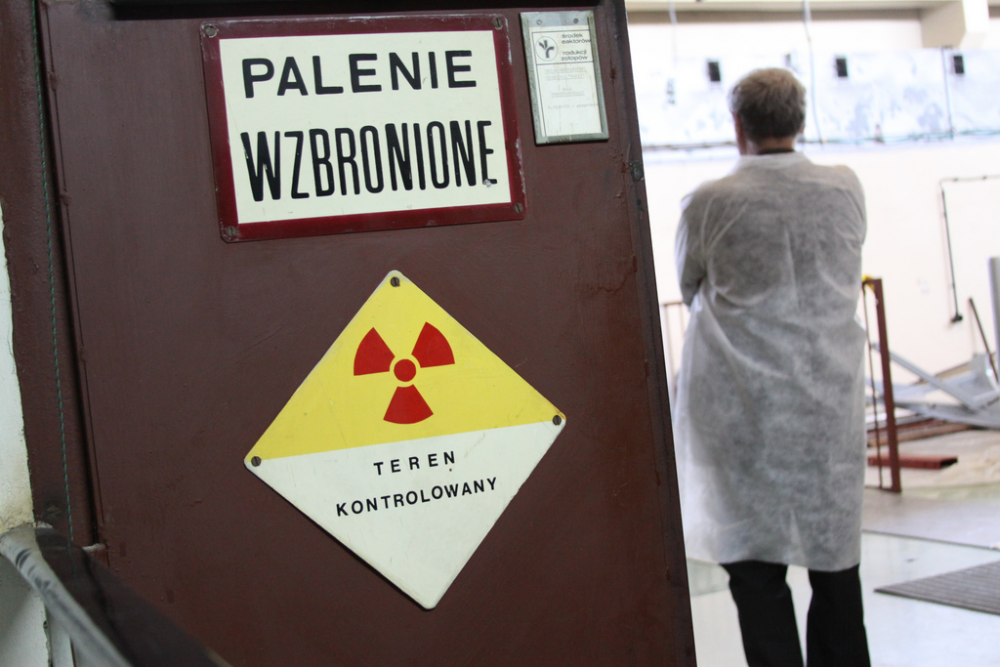
NTI Co-Chairman Sam Nunn Statement on the Successful Removal of All Highly Enriched Uranium from Poland
Over a ten-year period, more than 700 kilograms of highly enriched uranium was removed from Poland, making it the 31st country to completely remove their HEU.

Comprehensive Update of HEU Resources Now Available
The Civilian HEU Reduction and Elimination Resource Collection has been updated by CNS in the wake of the April 2016 Nuclear Security Summit (NSS).
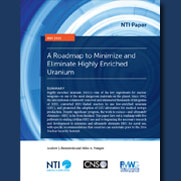
Roadmap to Minimize and Eliminate HEU
A new paper published by NTI, the Center for Nonproliferation Studies and the Fissile Materials Working Group offers timely recommendations for action that countries can pursue ahead of the 2016 Nuclear Security Summit.

